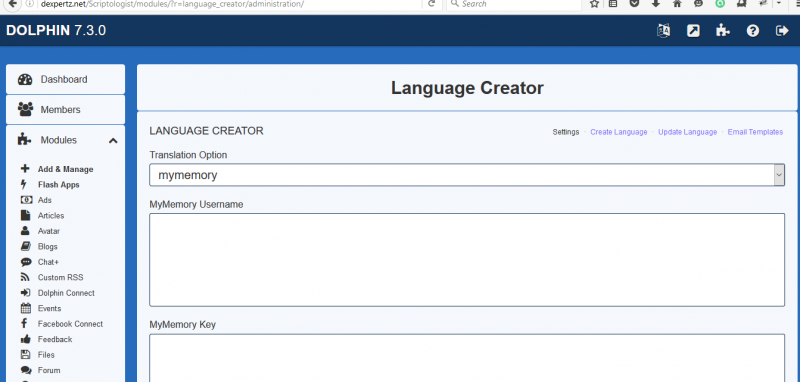Embark on an enlightening journey into the realm of language makers, where the boundaries of language are pushed and the possibilities are endless. These innovative tools empower users to create new languages, seamlessly translate across linguistic barriers, and delve into the intricate depths of language analysis.
Delve deeper into the captivating world of language makers, where the power of human expression takes center stage. With their unparalleled capabilities, these tools unlock a universe of linguistic possibilities, from crafting unique languages to effortlessly bridging communication gaps.
Features and Capabilities

A language maker is a powerful tool that enables users to create, translate, and analyze languages. It offers a comprehensive suite of features that cater to the needs of linguists, language learners, and anyone interested in exploring the intricacies of language.
One of the key capabilities of a language maker is language creation. It allows users to design their own languages from scratch, defining the alphabet, grammar, and vocabulary. This feature is particularly useful for researchers and language enthusiasts who want to explore the possibilities of human communication beyond existing languages.
Translation, Language maker
Another essential feature of a language maker is translation. It enables users to translate text between different languages, including those they have created themselves. This capability is invaluable for breaking down language barriers and facilitating communication across cultures.
Analysis
Language makers also provide robust analysis tools that allow users to examine the structure and patterns of languages. These tools can be used to identify patterns in grammar, vocabulary, and pronunciation, providing insights into the underlying mechanisms of language.
Applications and Use Cases

Language makers have found diverse applications in various fields, enhancing communication and fostering innovation.
In the realm of education, language makers empower students to explore linguistic concepts interactively. They provide a hands-on approach to language learning, allowing students to create and experiment with new languages, fostering a deeper understanding of grammar, syntax, and vocabulary.
Educational Use Cases
- Creating custom languages for classroom projects and simulations
- Designing interactive language learning games and exercises
- Developing language-specific educational tools, such as grammar checkers and vocabulary builders
Beyond education, language makers also play a significant role in communication. They facilitate the creation of specialized languages tailored to specific domains or communities, enhancing communication within closed groups or technical fields.
Communication Use Cases
- Developing controlled languages for use in technical documentation, software engineering, and scientific research
- Creating artificial languages for use in international communication or fictional worlds
- Designing sign languages or other non-verbal communication systems
In the realm of research, language makers serve as valuable tools for exploring the nature of language itself. They allow researchers to experiment with different linguistic structures and test hypotheses about language evolution, syntax, and semantics.
Research Use Cases
- Investigating the effects of language design on communication efficiency and comprehension
- Studying the evolution of language through the creation and analysis of artificial languages
- Exploring the relationship between language and cognition
Last Word

As we bid farewell to our exploration of language makers, let us reflect on the transformative potential they hold. These remarkable tools empower us to shape the future of language learning, enhance global communication, and unlock new avenues of research and innovation.
As technology continues to advance, the horizons of language makers will undoubtedly expand, opening up even more exciting possibilities.
Q&A: Language Maker
What is the primary purpose of a language maker?
Language makers are designed to empower users to create new languages, translate text across different languages, and analyze linguistic data.
How do language makers utilize natural language processing (NLP) and machine learning techniques?
NLP and machine learning algorithms enable language makers to understand the structure and meaning of language, facilitating tasks such as language generation, translation, and analysis.